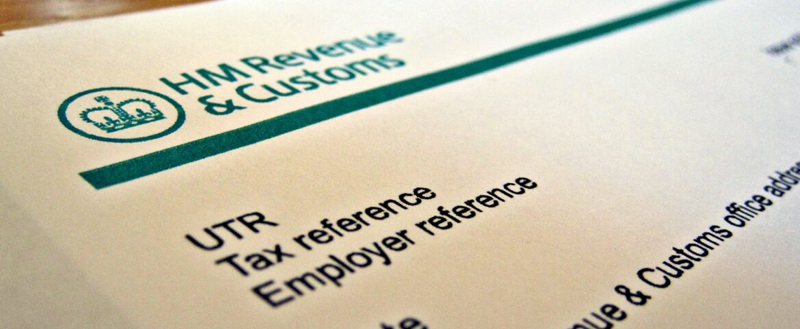
Quarterly NI Estimates for Sole Traders
01 June 2025
Starting April 2026, a major change is coming for sole traders in the UK with an annual turnover of over £30,000. As part of the ongoing rollout of Making Tax Digital (MTD) for Income Tax Self Assessment (ITSA), HMRC will require affected individuals to submit quarterly estimates of their earnings and expenses. Here’s what you need to know and how to prepare.
What’s Changing?
Currently, most sole traders report their income and expenses once a year via the Self Assessment tax return. From April 2026, this will change for sole traders and landlords with gross income exceeding £30,000. They’ll need to:
-
Keep digital records
-
Submit quarterly updates to HMRC of income and expenses
-
Provide an annual finalisation statement (similar to the current tax return)
This is part of the phased rollout of Making Tax Digital for ITSA, aimed at modernising the tax system and improving accuracy.
Quarterly Reporting: What Will Be Required?
Every three months, affected taxpayers will need to submit a summary of:
-
Income
-
Allowable business expenses
-
Estimates of profits
These updates are not tax returns — they’re estimates. You won’t need to make tax payments quarterly (yet), but HMRC may give you an updated estimate of your tax liability based on the data submitted.
Timeline & Deadlines
Quarterly updates must be submitted by the following deadlines:
Period Deadline
-
6 April – 5 July: 5 August
-
6 July – 5 October: 5 November
-
6 October – 5 January: 5 February
-
6 January – 5 April: 5 May
You can align your reporting periods to calendar quarters, but you’ll need to apply for that with HMRC.
Who Is Affected?
You must follow the new rules if:
-
You're a sole trader or landlord
-
Your total income from these sources is more than £30,000
-
You're registered for Self Assessment
If you fall below the £30,000 threshold, you won’t be required to comply (yet), but voluntary participation is possible.
How to Prepare Now
1. Review Your Income
If you're close to the £30,000 mark, it’s worth reviewing your turnover over the past few years.
2. Switch to Digital Record-Keeping
You’ll need to use MTD-compatible software like QuickBooks, Xero, or FreeAgent.
3. Speak to Evans Entwistle
Professional guidance can help you transition smoothly and avoid penalties for non-compliance.
4. Test Your System
Try quarterly reporting now to get used to the rhythm, even before it's mandatory.
Benefits of Quarterly Estimates
-
Improved cash flow awareness
-
Fewer year-end surprises
-
Better financial planning and forecasting
-
More frequent engagement with your finances
Final Thoughts
Though this change may feel like extra admin at first, it ultimately encourages better business habits. Sole traders earning over £30,000 should begin preparing well in advance to avoid disruption. The earlier you adapt to digital systems and quarterly reporting, the easier it will be to stay compliant — and in control of your finances.